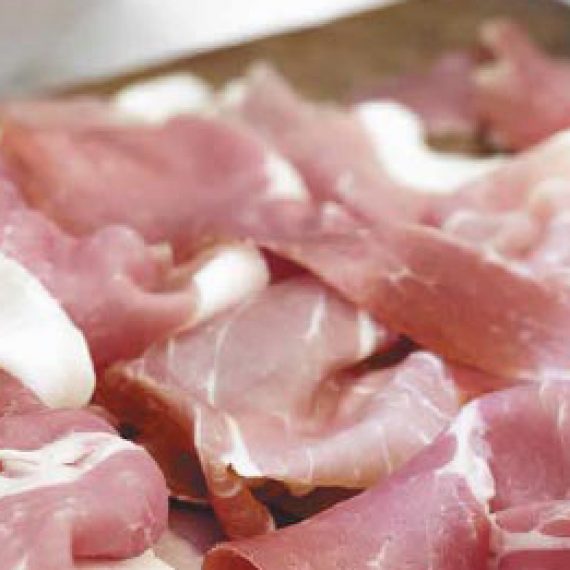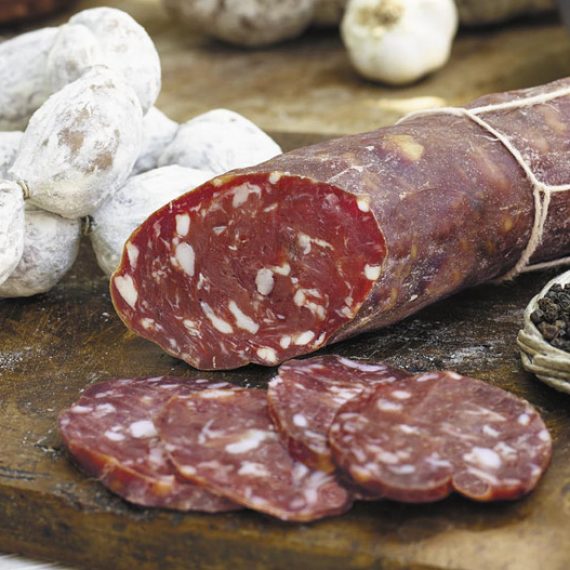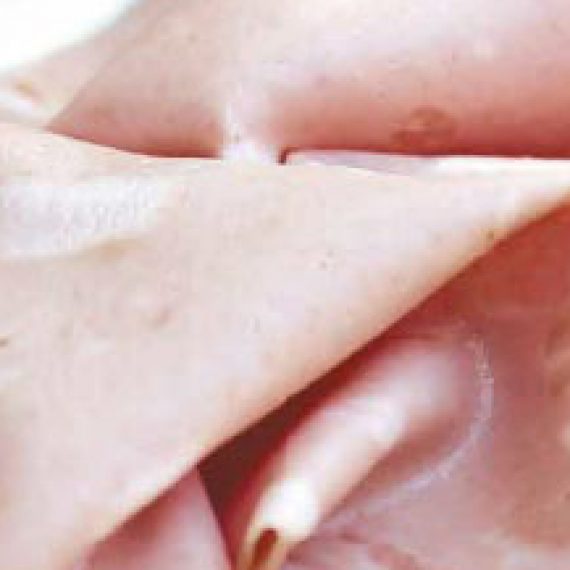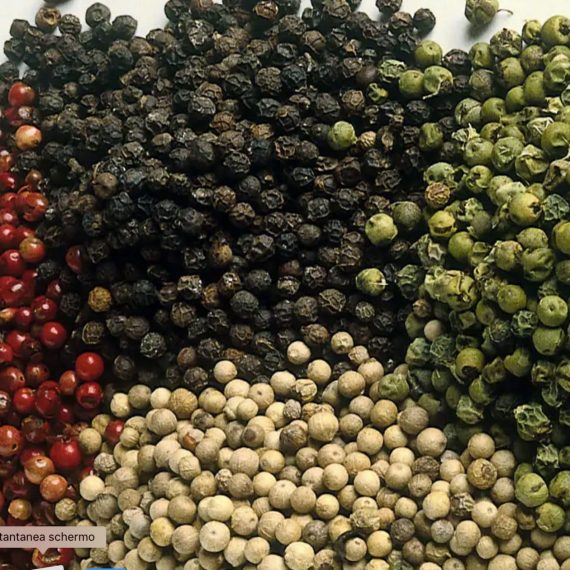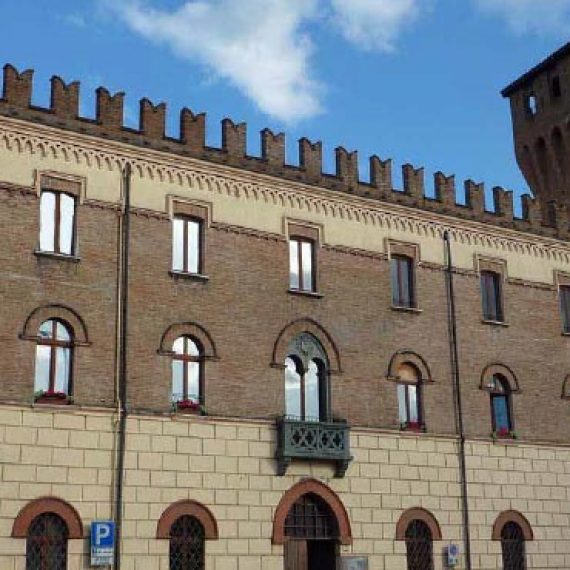Mortadella is originally from Bologna. It is prepared with finely minced meat, mixed with small cubes (1 cm in size) of lard from the jowls, grounded and finally seasoned with spices, pepper, and small amounts of garlic. The mixture is enclosed in a casing made from natural (or artificial) bladder, then slowly and gradually braised at a maximum temperature of 70 degrees.
Mortadella is registered under PGI (Protected Geographical Indication) since 1998.
Mortadella originated in the area of the flatlands in Emilia and Lombardy and was widespread in the Roman Empire. Its origins date from of the 1st century A.D. and its name is derived from mortarium, meaning meat minced in a mortar.
In the Middle Ages, Boccaccio quoted mortadella in the Decameron, and in the 1400s the Visconti family from Milan gifted a large ox to the city of Bologna in exchange of mortadella.
Competent authorities, who legislated with proclamations and edicts, were established to protect professions and products. For example, an edict stated that mortadella and cured meats could be made exclusively with pork meat, while every other type of meat was strictly forbidden.
The most universally known edict is the “Ban and provision over the mortadella and salami factory” issued in 1661 in Bologna by Cardinal Girolamo Farnese, in order to command the production process and ensure against false claims about the ingredients used.
During those times, the edict was the first attempt to regulate raw materials and production techniques. To guarantee the quality of mortadella, a seal needed to be affixed to the product, and only a member of the “salaroli” guild could do so.
In the seventeenth century, an English traveler described the art of the “salaroli”: “They cut the pork meat into several pieces, chose a specific part, season it with salt, pepper, garlic, and put the meat into the intestines. They leave the mortadellas in brine for about two days and then boil them in water. Once cooked, the mortadellas are placed in the chimney until dry. With this procedure, they could be preserved for a year or two”.
Between the sixteenth and eighteenth centuries, mortadella was very expensive and therefore considered a luxury food only wealthy families could afford to buy. Even at the beginning of the nineteenth century, mortadella was three times as expensive as ham, while today it is a pleasure for everyone.

